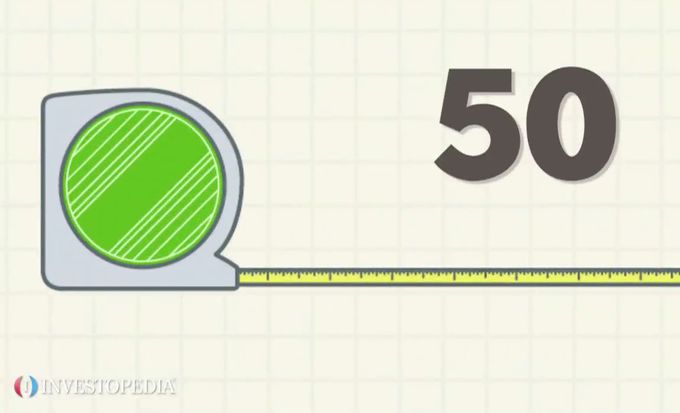
India’s manufacturing PMI stood at a mere 27.4 in April 2020. It was 51.8 in April.
The outbreak of the coronavirus pandemic and the subsequent lockdown pushed India’s manufacturing PMI to contract for the first time in 33 months.
After making it through March relatively unscathed, the Indian manufacturing sector felt the full force of the coronavirus pandemic in April. In the latest survey period, record contractions in output, new orders, and employment pointed to a severe deterioration in demand conditions- Eliot Kerr, Economist at IHS Markit.
India’s services PMI stood at 5.4 in April. It was 49.3 in March. It indicates that India’s services sector virtually collapsed in April. This is not a good sign for the economy as the services sector contributes about 60 % of India’s GDP.
This is the biggest contraction in both manufacturing and services sector since data analytics firm IHS Markit started collecting the data in December 2005.
What is Purchasing Managers’ Index?
The Purchasing Managers’ Index (PMI) is an indicator of economic activity in the manufacturing and services sector.
A separate PMI index is constructed for the manufacturing and services sectors. A composite index combining both is computed as well.
It measures the expansion or contraction in these sectors.
In PMI, the figure above 50 shows expansion and the figure below 50 represents contraction
Another indicator to measure the change in industrial output in the manufacturing sector is IIP
(Read: Index of Industrial Production (IIP) Explained)
How is Purchasing Managers’ Index India calculated?
The data for PMI is derived from the monthly surveys of private sector companies.
In India, the data is collected through a survey of around 500 manufacturing companies and nearly 350 service sector companies
PMI includes five major indicators, which have different weights in the final index.
For Manufacturing PMI the survey takes New orders (30%), Output (25%), Employment (20%), Suppliers’ Delivery Times (15%) and Stock of Items Purchased (10%), with the Delivery Times Index inverted so that it moves in a comparable direction.
While for Services PMI, the survey examines sales, employment, inventories, and prices.
The survey also asks the respondents about inventory buying prices – the price at which the supplier buys, the amount he charges on it, and the price at which it is offered to the customer.
All the above information is compiled to form the Purchasing Managers’ Index India survey.
Who developed the index?
The Institute of Supply Management (ISM) originally developed PMI in 1948 for the United States. ISM estimates PMI for the US now.
For India, the PMI Data is published by Japanese firm Nikkei and compiled and constructed by IHS Markit.
Why is Purchasing Managers’ Index India important?
Unlike other economic indicators like GDP, IIP, etc., the PMI is released early. It is collected in the second half of every month. It is a leading indicator of the economy.
[You may read: What is GDP?- Explained]
The PMI can be used to compare different countries, as it is calculated for many countries around the world. They use a similar methodology.
References: